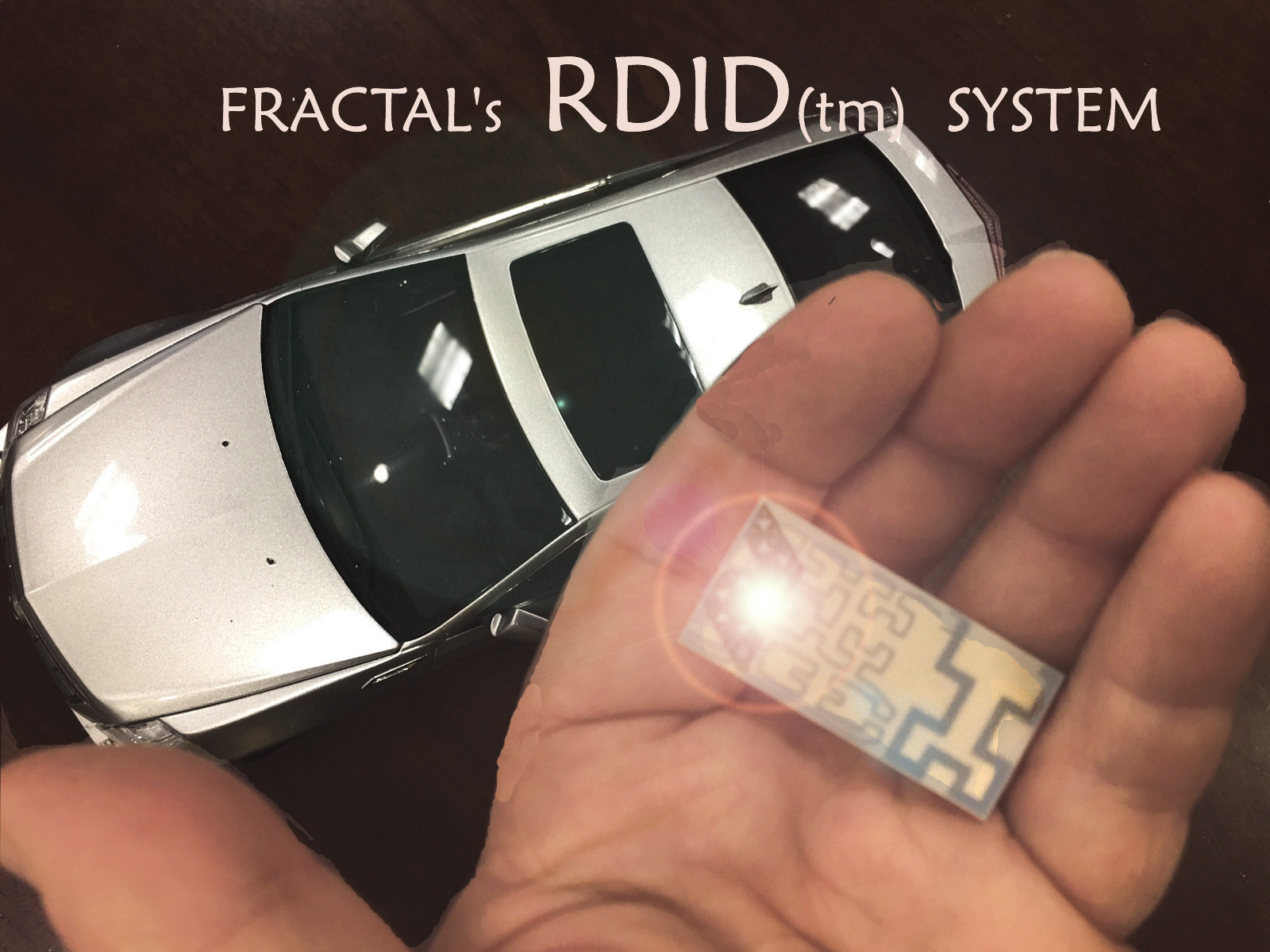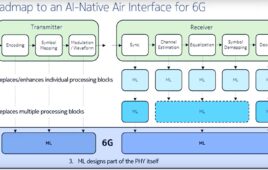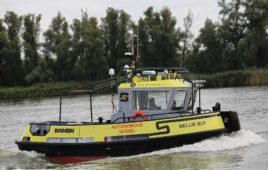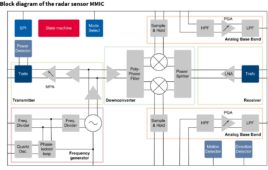Smart roads with self-driving vehicles are an innovation with big problems to solve. Now, Fractal Antenna Systems, Inc. (FRACTAL) reports it has solutions to make road tags brighter to vehicular radar, for improved driverless tracking, and enabling the antiquation of LIDAR systems. The solutions also enable unique advantages for future flying cars/taxis, and even satellites.
The new patented and patent pending technology utilizes a discovery made over a dozen years ago during the research on invisibility cloaks, themselves invented first (see US patent 8,253,639) and patented by FRACTAL. While reducing the reflected “scattering” to a radar signal, FRACTAL not only found a way to make the reflections disappear, but also found other unique fractal-based solutions that actually enhanced radar reflection. Such unusual reflectors are now called “superscatterers”.
Superscatterers are the puffer fish of electromagnetics: they have a radar signature or “radar cross section” (RCS) that is bigger than they really are. This RCS increase can be dramatic, in excess of 15 dB, with the fractal solutions. Furthermore, the RCS increase can be tailored at multiple channels or bands with fractals, allowing the radar to interpret the brightened fractal superscatterers with a spectral signature, acting as an identifying “fractal license plate” on each, if desired.
FRACTAL has dubbed the new system for tracking and identification as “RDiD™”.
Fractal superscatterers solve the big problem of driverless cars, because they can be tiny while bright to car radar. They can be installed in the roads, on signs, on barriers, and other vehicles. The proprietary invention also extends to including the fractal superscatterers into road reflectors (visible light), extending the utility of a safety device already employed, and making it dual use. Car-based radar can be dramatically more effective with the radar-bright fractal superscatterers. In contrast, LIDAR based systems, with their “car beanie” laser systems, no longer have an advantage over radar, and will eventually be antiquated. The expense, and detrimental appearance of car LIDAR will disappear on future driverless cars and roads.
When radar looks up, the fractal superscatterers will also shine. Flying cars—scaled-up drones—will also benefit from the bright fractal superscatterers in the same way that driverless cars do, keeping flights in track and away from obstacles.
Tantalizingly, the fractal superscatterers solve an urgent issue with space satellites as well. The heavens will explode with thousands of new satellites over the next few years, and most will be tiny “microsats”, the size of a fist, or smaller. These small satellites are not easily detected by ground radar, so they cannot be tracked effectively. This creates a huge problem for possible collisions and noisy ground station links. But a microsat with fractal superscatterers has an RCS many times larger than the satellite’s area itself and can easily be seen by ground radar. Fractal superscatterers will enable an entirely new class of extremely small satellites, because they can now be tracked successfully. New fields of space-based enterprise will arise with such small satellites, brightened for radar with fractal superscatterers.
Nathan Cohen, the technology’s inventor and FRACTAL CEO, notes: “Fractal superscatterers will usher in a new era of radar applications that will have profound benefits to transportation, telecommunications, and space technology.” Cohen believes that the benefits posed by fractal superscatterers will look disruptive. “We want people to think about what it means to have this technology and who will use it and when. What can our invention make possible that could not be done before? It’s exciting to understand that billion dollar industries will be enabled by tiny, beautiful fractals.”

(Image Source: Business Wire)




